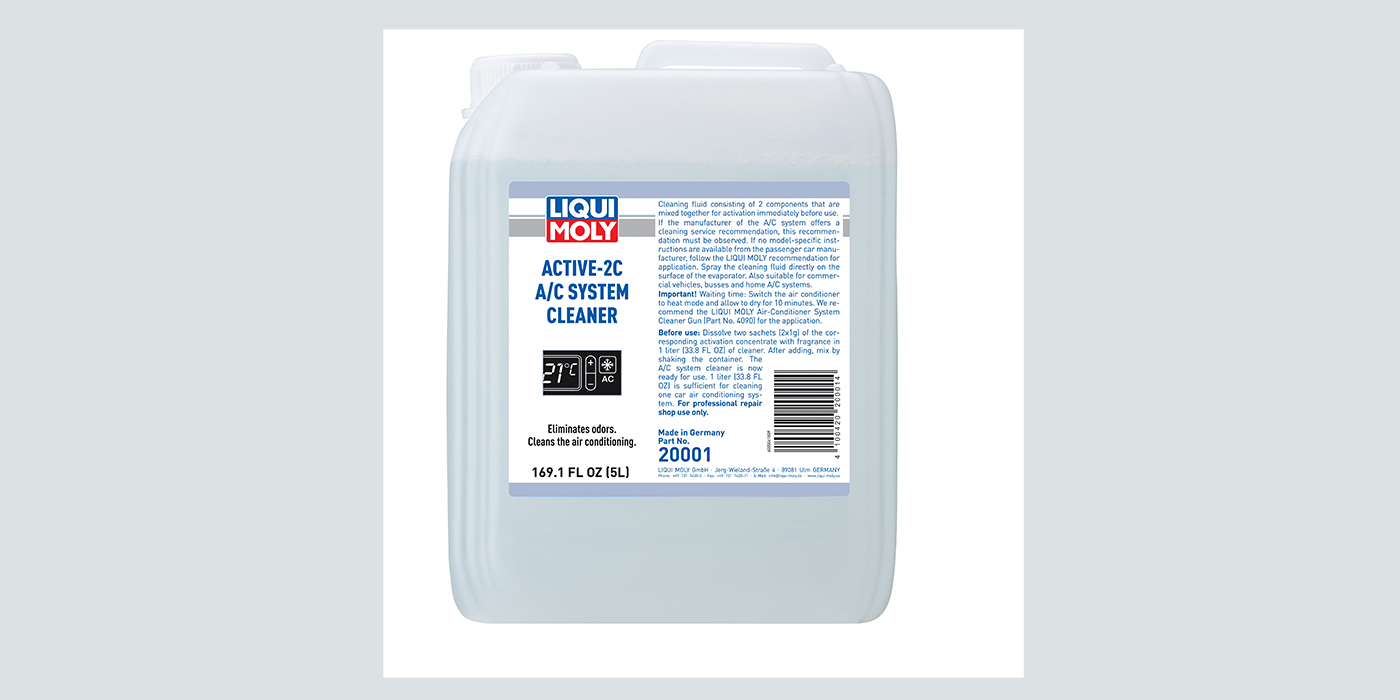Leak Detection Dye
1. Operate the vehicle for a minimum of 20 minutes with the compressor running to circulate the leak detection dye throughout the air conditioning system. For passive or intermittent leaks, it may take longer than 20 minutes for the dye to find the leak and be visible during the inspection.
2. Use an ultraviolet (UV) lamp and yellow glasses.
3. Move the UV lamp across all refrigerant components of the A/C system, paying special attention to line fittings and joints.
4. When a refrigerant leak is detected, evacuate refrigerant from the system and make the necessary repair.
5. After the repair is performed, thoroughly clean the dye from the repair area, tools and your hands, using refrigerant leak detection dye cleaner and a clean shop towel.
6. Operate the A/C system after the repair and check all functions.
7. Re-inspect to be certain other refrigerant leaks are not present.
• Do look for dye at all refrigerant system connections made by the assembly plant, access valves with caps in place, hose couplings, line-mounted switch sensors and other visible components of the system. Use of a UV lamp and yellow glasses is required to fluoresce the dye.
Reason: This verifies that all areas of the system are free of leaks.
• Do use a clean cloth and dye cleaner to remove all traces of dye on every joint that was opened, on all surfaces where dye is present and from hands and tools. Use the UV lamp to ensure it is gone.
Reason: It is important that after a leak has been repaired that all the dye is removed so that if another leak develops or if an air conditioning performance problem occurs at a later time, the technician does not see a false positive identification of a leak site.
Electronic Leak Detection
• Do leak-test all refrigerant system connections made by the assembly plant; access valves with caps in place, hose couplings and line-mounted switch sensors.
Reason: This verifies that all areas of the system are free of leaks.
• Do ensure the engine compartment is well ventilated prior to leak checking, but not during the leak test.
Reason: To eliminate any possible pockets of refrigerant or other detectable gas, so that no false leaks are found. Air movement during the leak test must be minimal so the detector, which functions by drawing in a small amount of air at the probe tip, can operate properly.
• Do leak test the refrigerant system prior to initial engine start and compressor engagement.
Reason: Data shows that more system leaks are detected prior to compressor engagement. If the compressor is run prior to leak detection, it will circulate compressor oil throughout the system and will mask system leaks. Leaks can reappear after a period of system inactivity when the lubricant masking them recedes.
• Do maintain a service log to ensure proper calibration for each leak detector.
Reason: Prevents equipment down time. Leak detectors have to be properly maintained and calibrated per the manufacturer’s instructions.
• Do not leak-test the refrigerant system with the engine running.
Reason: Gases and fumes generated with the engine running can make the leak detector react and give false signals. Also, if the air conditioner is running, parts of the system are at higher pressures, and parts are at lower pressures than required for the test, making the test inconsistent.
Courtesy of Delphi Product & Service Solutions.












